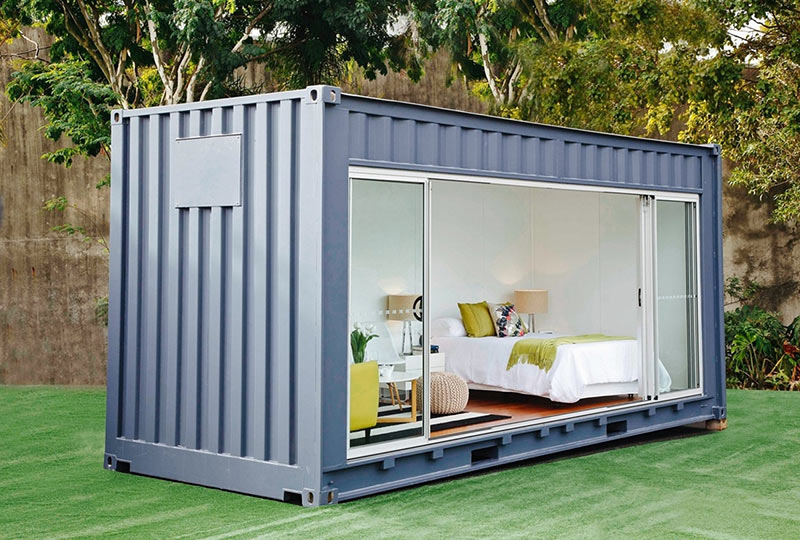
Kevin May
Director, GRS Group
(310) 614-9329
[email protected]
There are a lot of multifamily shortages in the United States, especially when it comes to affordable housing.
Could shipping containers be a solution?
There was a recent report on CNN about how shipping containers are housing workers in Bangalore, India’s tech capital, due to high housing costs. It makes sense, given that in the Silicon Valley, housing prices are so high that they’ve become unaffordable for tech workers with formidable salaries compared to other areas of the country.
That trend is becoming more prevalent in the United States as well. In Orange County, shipping containers are being used as apartment complexes to house its homeless population. Earlier this year, a 16-unit structure was built in Midway City, Calif., and others are being built in Los Angeles.
But seeing how this trend has transpired in other countries, and selected domestic areas, we might be seeing more market-rent shipping-container apartment units in America.
Denmark, one of the world’s innovators when it comes to architectural design, is now home to a major structure of multifamily container homes in the Musicon area.
There is some container-apartment experimentation happening in Phoenix, by a pair of architects, and we will see how that comes to fruition, based on tenant demand.
We have already seen shipping containers in the United States, with particular single-family homes. Some of them look spectacular, and it’s hard to tell that shipping containers were once their main function. Costs vary, but some people spend hundreds of thousands of dollars on these dwellings for their personal residences.
Then there is the entertainment factor that has gotten a lot of coverage, with everything from concerts, to makeshift swimming pools in Brooklyn, N.Y., taking place in containers.
Due to the extreme rise of e-commerce, and other reasons for overseas shipping, it’s not surprising that there is a surplus of shipping containers not in use that can be repurposed to build certain types of spaces for people.
If there is a tremendous overstock, the containers are certainly good for the environment by repurposing them into buildings and not having them sit in a landfill.
However, it remains to be seen whether or not major multifamily developers in the United States will find these structures suitable for consistent apartment-building materials. Despite that, the few that have happened so far are interesting to view. We will have to see what the future holds for containers and their viability in the commercial real estate industry.
About GRS Group
GRS Group is a leading provider of commercial real estate (“CRE”) services worldwide. With offices across the United States, Europe, and affiliates around the globe, GRS Group provides local market knowledge with a global perspective for institutional real estate investors, occupiers and lenders worldwide. The GRS Group team has evaluated and advised on over $1 trillion in CRE transactions.
Through the company’s proprietary management process, Global Services Connection, GRS Group delivers an integrated suite of services including Financial Advisory, Transaction Management, Assessment and Title Insurance. We provide a single point of contact, capable of leveraging the GRS Group portfolio of companies and delivering customized solutions to assist our clients in achieving their investment goals.

